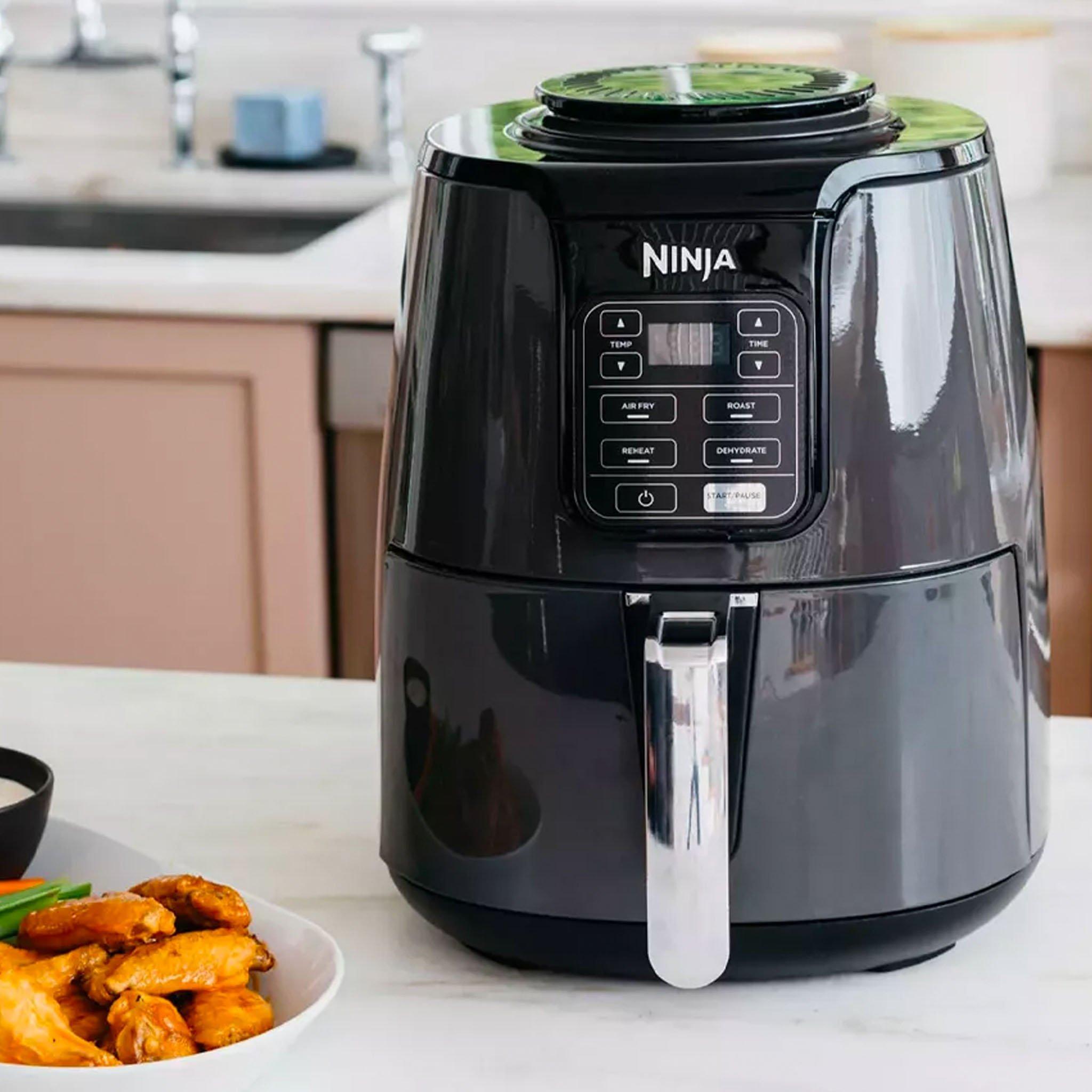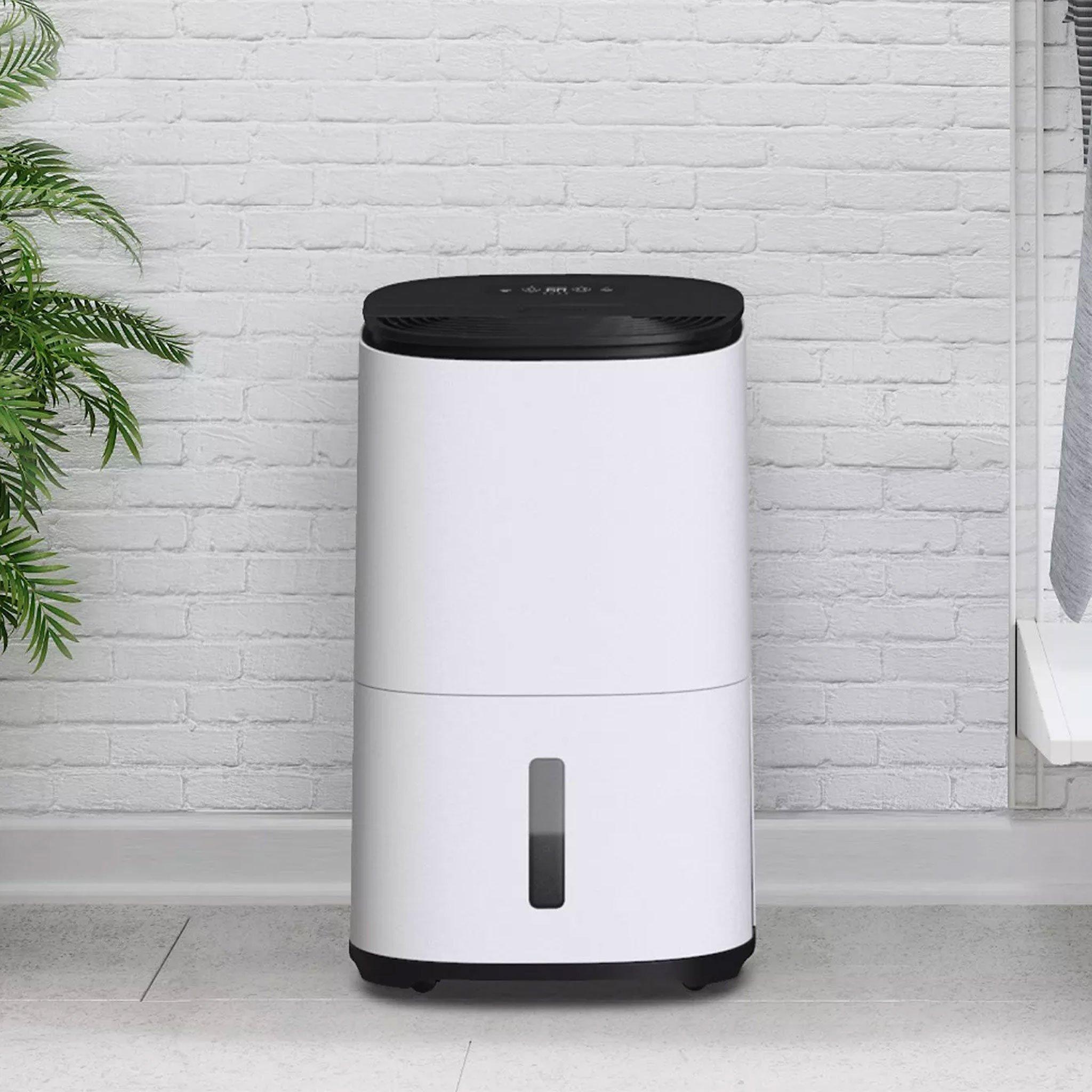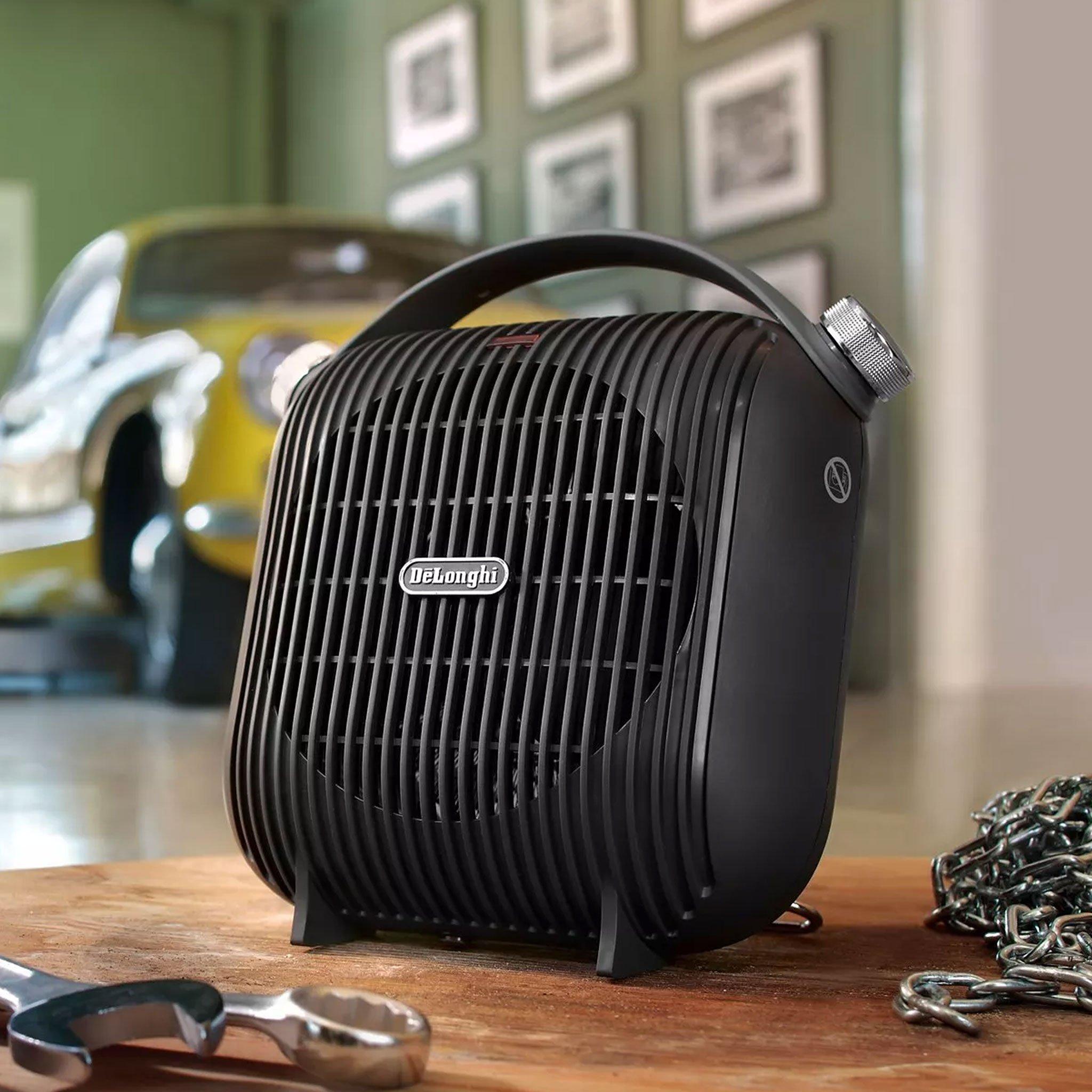Buying Guides
Buying Energy Efficient Appliances
When buying a new home appliance there is a lot to consider. One of the most important is its running costs. Improvements and innovation in energy efficiency mean you can get the best out of your appliance and your budget.
This guide will show you what energy efficiency features to look out for when buying your next appliance to help you save on your energy bills.
Energy Labels
Energy labels are one of the most clear ways to establish the energy efficiency of an appliance. These well-established, standardised indicators provide a quick and easy way to compare different items' energy consumption and efficiency.
Energy efficiency labels range from A (most efficient) to G (least efficient). They also include information on the energy consumption of the appliance.
Following an update in 2021, energy labels are now provided for a much greater range of appliances making it easier for you to make an energy-efficient choice. The update aims to accommodate any future enhancements in energy efficiency by introducing a more rigorous rating scale. This means the new ratings on appliances may appear lower in comparison to the old rating scale, but it's simply been recalibrated to make room for further improvements in energy efficiency. Whilst we continue to stock the best appliances as they come out, it's important to note that an E rating for freezers, for example, is considered energy efficient, whilst you would expect most other appliances to carry an A rating.
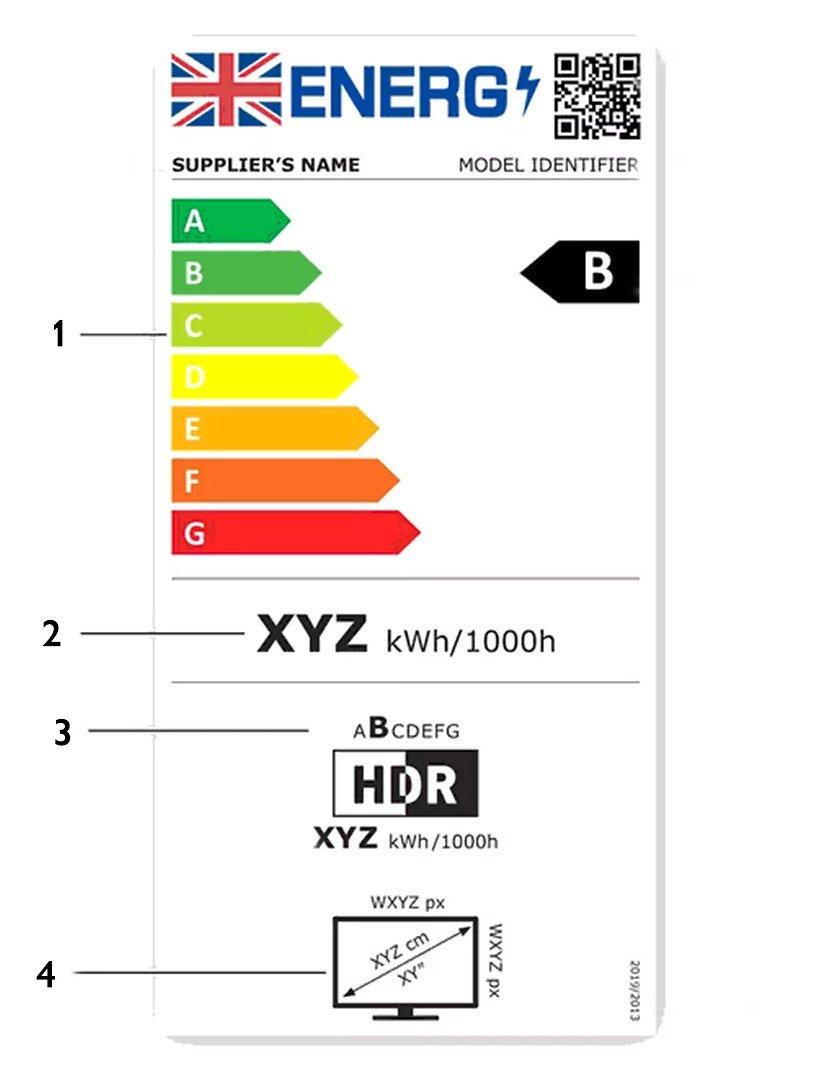
1. Energy efficiency classes (with a scale from A to G) with the black flag being the energy efficiency class of the specific model you're looking at.
2. Energy consumption
3. and 4. Indication of additional non-energy parameters (noise emissions, water consumption, capacity, repairability, reliability class, etc.)
YourEko
YourEko's Energy Savings Tool helps you understand the financial benefits of buying an energy-efficient appliance. Look out for the tool on laundry, dishwasher, and refrigeration products.
How it works
- Appliances are loaded from brand sites
- The lifetime energy cost is calculated for the appliance
- The tool provides information about how the appliance compares like for like with other appliances


Best of the best
Most efficient product in the market with the lowest running cost in its category

Gold
Dark green range

Silver
Light green range

Bronze
Yellow range

Good value
Red/orange range but nothing cheaper to run at that price
Electricity usage
Investing in an electricity monitor for your home will allow you to easily see how much energy is being consumed and where. This is a great way of reviewing your energy usage around the house and can be used to set caps or targets on usage. Our smart home selection includes thermostats which can be controlled directly from your smartphone at home or out and about. With some brands, you can also track and control your lighting, hot water, and other appliances.
Refrigeration
Refrigeration appliances are one of the biggest energy consumers in your home becuase they are left running all the time. This makes investing in an energy-efficient fridge or freezer a crucial way you can help reduce your running costs. Many models come with features to aid food safety such as bespoke systems that ensure food maintains its freshness for longer, also helping you reduce food waste. It's also important to consider the size of the appliance and only buy refrigeration that is big enough for the amount of food you buy, rather than running an unnecessarily large appliance.
How to read the refrigeration energy label:
1. Energy efficiency scale
2. and 3. Icon for chilled and unfrozen compartments
4. Icon for noise emissions and more detail of noise emission classes
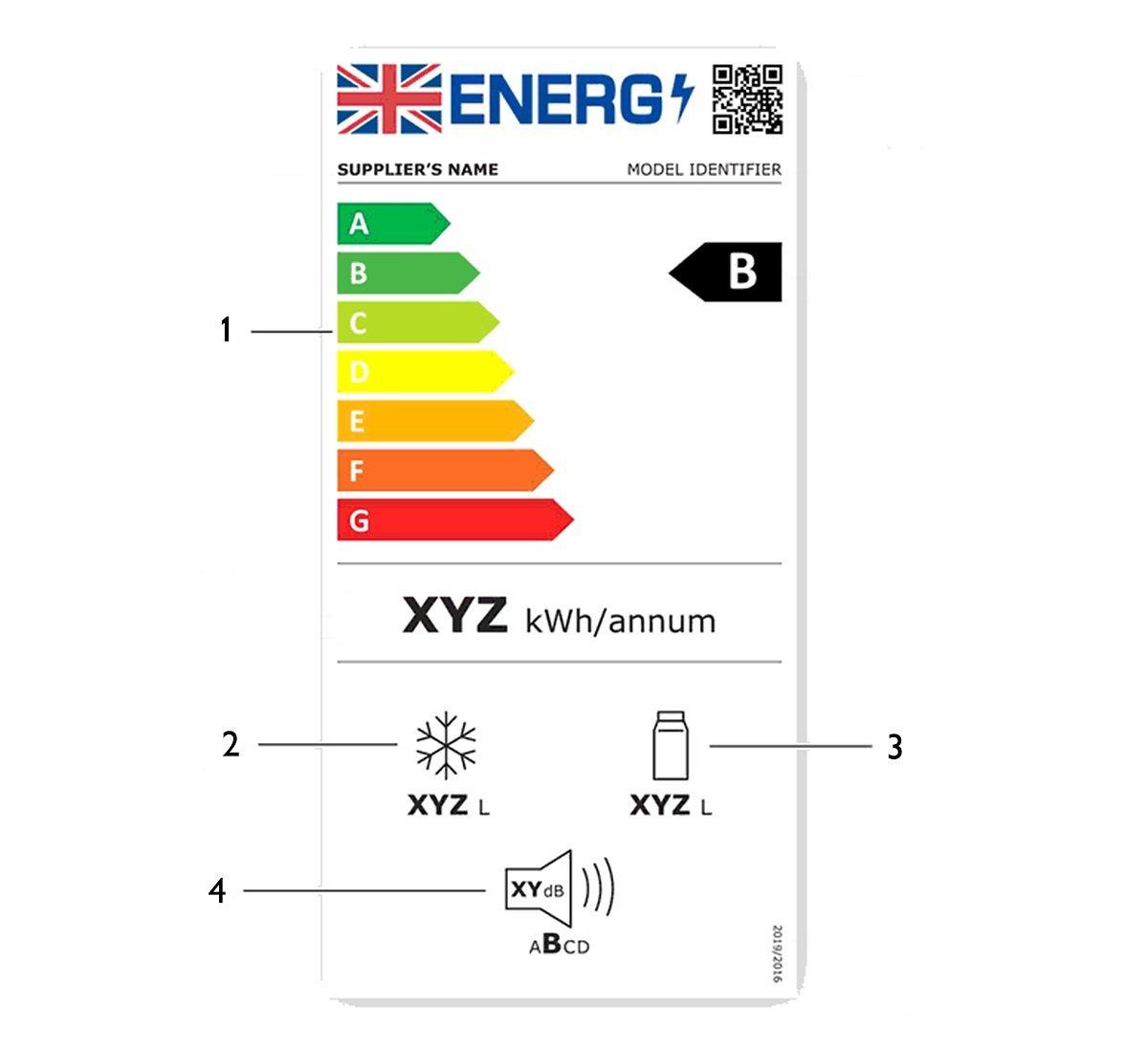
Washing machines
Many of our washing machines come packed with energy-efficient features such as lower temperatures, the ability to set the amount of energy your machine uses, or energy consumption tracking so you can know how much you have used. Investing in a washing machine with a high maximum spin will also ensure less time and energy is spent drying your clothes, towels, and sheets.
How to read the washing machine energy label:
1. Energy efficiency scale
2. Energy consumption listed per 100 washes
3. Added information on capacity and duration of 'Eco 40-60' programmes
4. Water consumption listed (per litre)
5. Noise emissions only include spinning (not washing) - but information on noise emission classes available

Tumble dryers
The running cost of your tumble dryer will depend on how long the machine is drying for and how hard it has to work. Investing in a heat pump condenser model may help you reduce your energy costs, as warm air used in the dryer is recirculated rather than allowing it to escape. This method means that the dryer avoids the need for ducting and conserves much of its heat, saving on energy.
Washer dryers
Investing in a washer-dryer with a higher spin speed will save money in the long run as your laundry will have less moisture in it as it goes into the drying cycle, and so will dry faster. Where available, use sensor drying rather than a timed cycle so you're not using more energy than required. For maximum efficiency when using a washing and drying cycle, remove some items from the drum after the wash, and do an additional second drying cycle - this is because the drying programme will have a smaller capacity than the washing programme. Also, clothes that have bundled up into a ball will take a long time to dry - fix this by loosening your clothes before drying them.
How to read the washer dryer energy label:
1. Energy efficiency scale (IV washing and drying and washing)
2. and 3. Energy consumption listed as per 100 washes (2 (washing and drying) and 3 (washing))
4. A rated capacity listed for a wash & dry cycle as well as for a washing cycle
5. Water consumption listed for a wash & dry cycle as well as for a washing cycle
6. Noise emissions classes included for spinning
7. Details included for duration of wash & dry cycle as well as for washing cycle

Dishwashers
Energy-efficient dishwashers are designed to consume less water and electricity while still effectively cleaning your dishes. The energy label will give you a good indication of how much energy and water an appliance typically uses, including annual water consumption, drying efficiency (A to G rating), capacity, and noise emission. Energy-efficient dishwashers typically use less than 3 gallons of water per cycle, compared to a typical older model which can use 10 gallons or more. Other features include Delay Start so that you can set it to run during off-peak hours when electricity rates may be lower. Plus, Eco Modes use less water and energy for lightly soiled dishes.
How to read the dishwasher energy label:
1. Energy efficiency scale
2. Energy consumption for an energy efficient ('Eco') setting listed as per 100 cycles
3. Water consumption for an energy efficient ('Eco') setting listed in litres
4. Duration of an energy efficient ('Eco') setting
5. Icon for noise emissions and detail on noise emission class

Electric ovens
Energy-efficient electric ovens are designed to use less energy while still providing great cooking performance. Many energy-efficient ovens use convection technology, which circulates hot air around the food to cook it more evenly and often faster, reducing overall cooking time and energy consumption. Energy efficiency gradings for electric ovens are the responsibility of the appliance manufacturers, and their work is monitored by Trading Standards.


